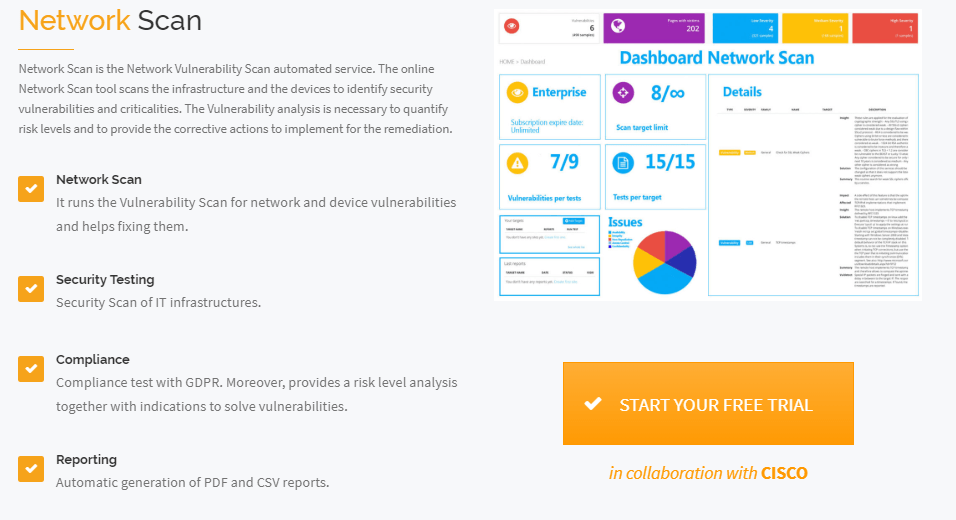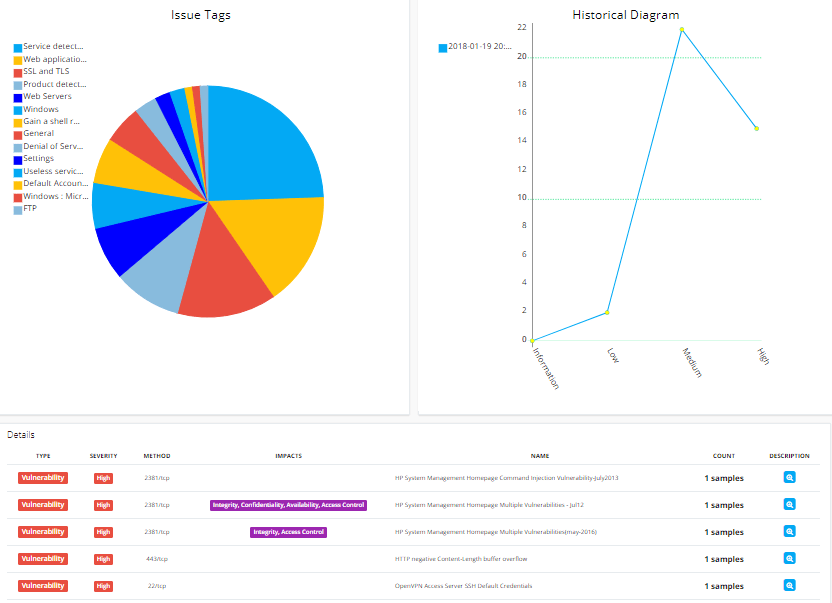
DDOS: introduction
DDoS: Distributed Denial of Service. Whenver connections overload a server, there’s no more the chance to start new connections. This situation takes place when a lot of compromised systems send at the same time data traffic to the target system, causing its crash.
Such an overload could make a server, a website or an online service inaccessible for hours, even days.
When we speak about a connetion overload we refer to a DDoS Distributed Denial of Service attack. As a matter of fact, the inbound traffic to the target server comes from many different sources, this makes it difficult to defend yourself and to spot the original source of the attack. Actually, the source blends in with all the compromised systems that controls and with the lawful users that are trying to connect to the server.
[post-button]
DDOS: method
In order to succeed with this type of attack, hackers infect thousands and thousand of devices with malwares. Through this manoeuvre they can obtain remote control of these devices and can use them as they like against servers or target websites. In order to carry out such attacks, attackers can use up to two million compromised devices.
During the years the amount of DDoS attacks increased significanlty overcoming – in 2016 – the terabit per second. Obviously these attacks are way more dangerous than DoS attacks which nowadays are harmless considering the modern IT systems.
We could explain a DDoS attack with an analogy: a DDoS attack is comparable to a huge group of people stuck in the entrance of a shop preventing the lawful customers from getting in and blocking the normal continuation of the business.
[post-button]
DDOS: the future
There is a common sense of fear that things might get worse. Basically, carrying out DDoS attacks is becoming easier and easier due to online services and even amateurs can carry out such unlawful attacks. To face this issue, the European Union is planning to significantly increase security measures in order to decrease the risk level that EU citizens faceevery day.
DOS: protect your network
In order to protect and secure your network, you had better run a Network Scan. This test will identify all the vulnerabilities in your network, Network Scanning is crucial because these vulnerabilities and weak spots are all that hackers are waiting for in order to sneak in the network of a company. To this end, there is a urgent need. It’s important to implement all the adequate measures in order to avoid the exploitation of these situations.

Swascan and its Network Scan service, provides detailed information regarding the “health” of your network identifying vulnerabilities and criticalities. Moreover, the Network Scan report allows to fix these weak spots providing a detailed action plan to follow. For a free trial of the solution, just click the button below:
[post-button]
Here you have an overview of the Network Scan report:

Swascan
In order to assure to your business the best tool available, Swascan developed a special cybersecurity platform. It is completely in Cloud, Pay per Use and SaaS. You can see for yourself in our brochure: Cybersecurity platform and have an in-depth look at our services. Our four services cover all the governance needs in terms of risk management and periodic assessment. Basically, if you need to understand the areas in which your efforts must focus, Vulnerability Assessment, Network Scan and Code Review are the right tools for you. Last but not least, don’t forget GDPR: our platform provides a GDPR Self-Assessment that gives the indicators in terms of GDPR Compliance level, our platform is 100% GDPR compliant ( GDPR infographic ).




